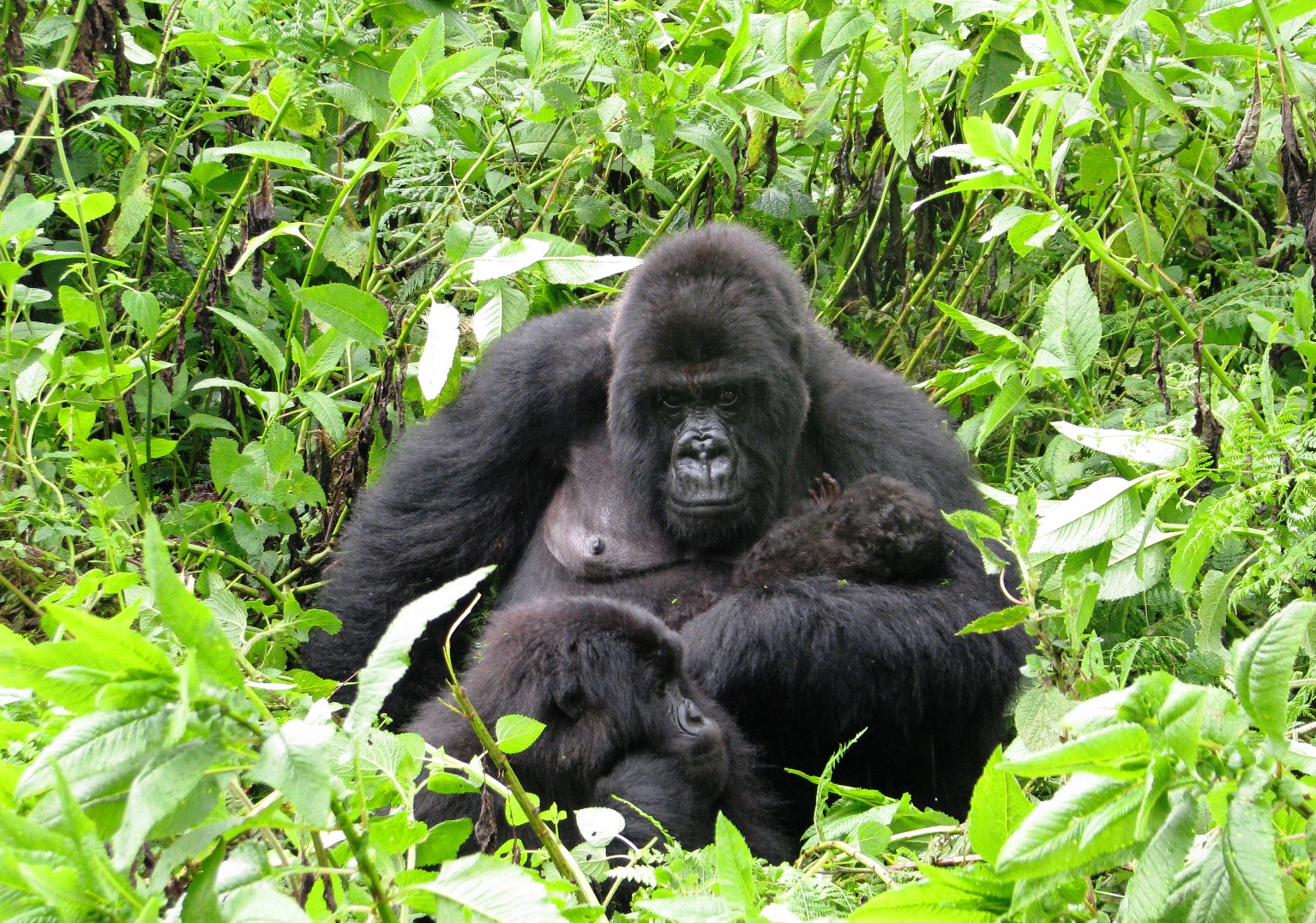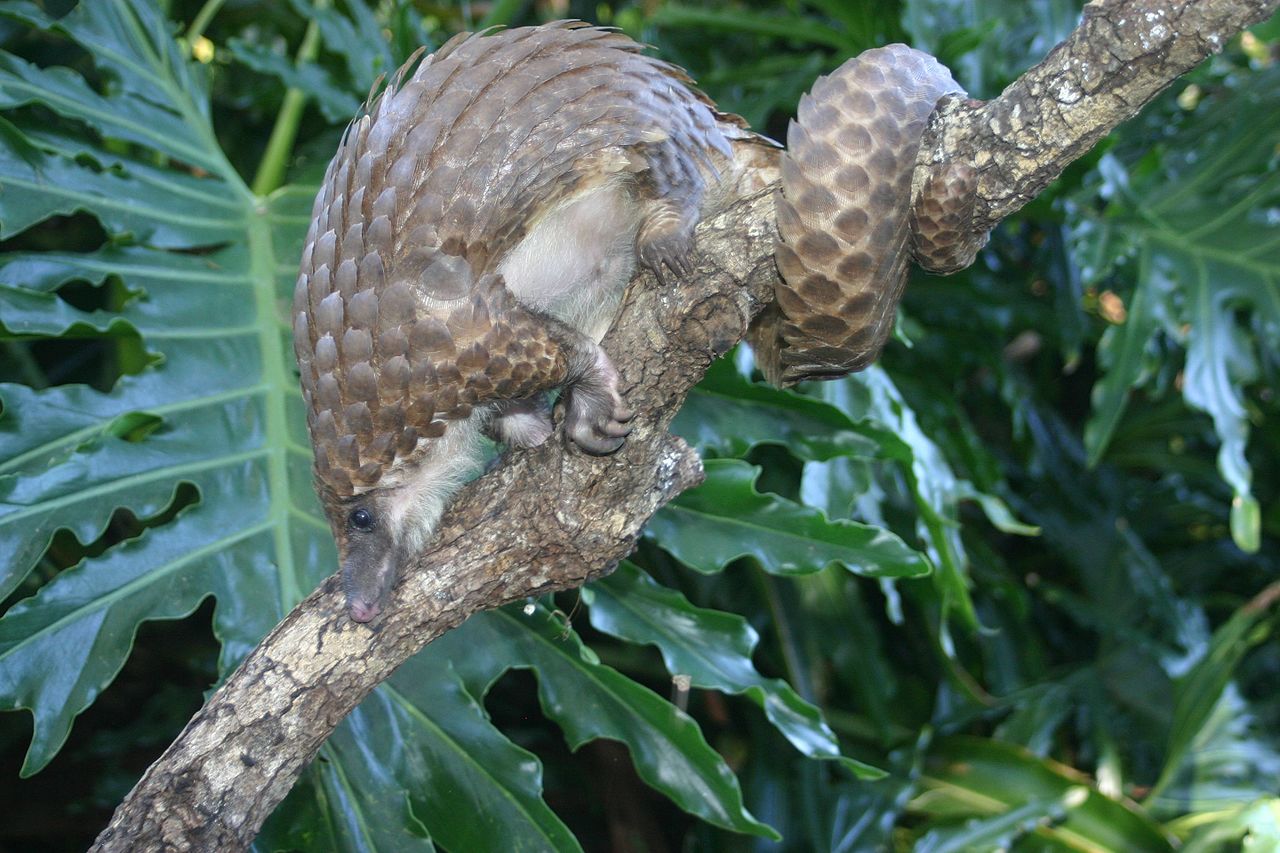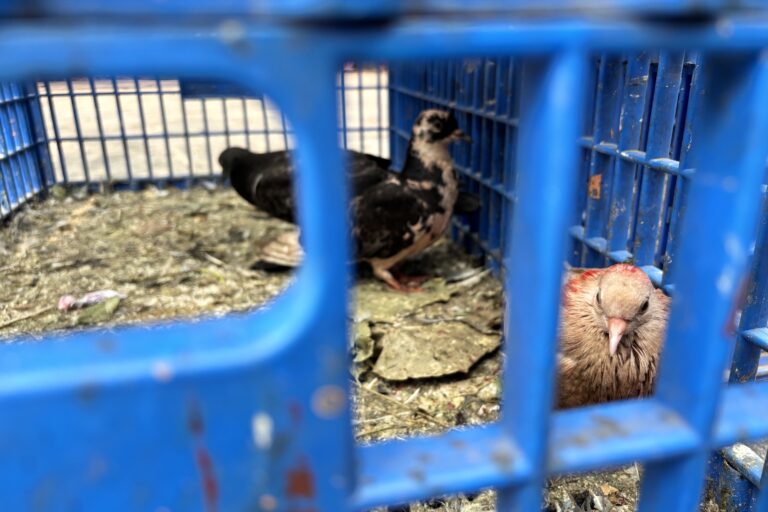- The Africa-TWIX (Trade in Wildlife Information eXchange) platform facilitates collaboration to help Central African enforcement agencies implement wildlife trade laws and treaties.
- The platform’s secure mailing list and database allow enforcement officials from five countries to share materials and data that enhance cross-border collaboration.
- The sharing of experiences, data and best practices among police, inspectors, prosecutors, judges, and customs officials is expected to help enhance their respective abilities to better fight wildlife crime.
Five countries that are home to some of the most iconic and threatened animal species in the world have joined forces in a high-tech collaboration to improve wildlife law enforcement.
Cameroon, Gabon, the Republic of Congo, the Democratic Republic of Congo and the Central African Republic have formed the Africa Trade in Wildlife Information eXchange (Africa-TWIX) in response to the use by wildlife traffickers of new technologies to network and exchange information. The program is aimed at helping wildlife trade enforcement agencies benefit from the experience of their colleagues in neighboring countries.

The approach, modeled on a similar program in the European Union, EU-TWIX, consists of a mailing list and a database, both secured, to centralize and classify information relating to wildlife infractions and seizures.
The mailing list, currently sent to nearly 115 officials (out of 131 designated people) involved in wildlife and forestry law enforcement from the five countries, aims to enable Central Africa’s national enforcement authorities to communicate and collaborate on wildlife crime investigations.
The participating countries select personnel to join the mailing list. Users include officials in these countries’ national police, customs, forestry services, justice departments, border forces, and environmental inspectorates and prosecutors, as well as representatives of Interpol and several other international organizations. Only designated agents from the five countries can access these tools via the Africa-TWIX website.
“Africa-TWIX was developed with support from COMIFAC [Central African Forests Commission] countries, who are already members or eligible to join,” said Richard Thomas, global communications coordinator at the wildlife trade monitoring network TRAFFIC International. “There’s also an advisory body [that] can be consulted in case of a membership request from others.”

Once registered, mailing list users can share and receive information, such as details of wildlife trafficking seizures, countries involved along shipment routes, and strategies used by the traffickers, as well as publicly available materials related to the illegal wildlife trade. Participants expect this cross-border information source will save officers time and effort keeping up-to-date on the latest trade developments and news in the region.
In over 800 messages exchanged so far, users have shared non-sensitive information on seizures carried out by their respective agencies as well as key wildlife crime events happening in their countries, such as the burning of seized ivory in Cameroon. They also share experiences, best practices, training materials and species identification guides. According to TRAFFIC, which manages the platform on behalf of the participating countries, information shared on the mailing list has initiated or supported at least five investigations.

The Central African governments have not historically shared investigation data. “There’s a whole host of reasons why information doesn’t get shared — e.g. people don’t necessarily see the benefits that could flow, or there’s an understandable feeling of superiority if you’re the one ‘in the know,’” Thomas said. “Overcoming such attitudes is obviously key to maximising the effectiveness of such a tool.”
Membership is growing steadily, reflecting the rising interest in the system: from 57 officials in four countries at the start, to 113 in five now, Thomas said.
Participating institutions expect the online seizures database, available in English and French, to become a centralized source of information on seizures and infringements detected in African countries. It also contains sets of other resources to assist users in enforcing trade laws, including training materials, wildlife legislation information, and a pair of directories of laboratories and rescue centers for seized specimens.

The participating nations have not traditionally recorded seizure data, which TRAFFIC and other institutions hope to change. The database contains more than 220 seizure records. These exclude sensitive information, such as offenders’ or investigators’ names or other identifying information. The data are meant to enable countries to conduct analyses of the general scale and locations of wildlife trafficking in the region, assess the risks of crime in the future, and monitor law enforcement efforts over time.
The information contained in the database is meant to support enforcement, so the country sourcing any information must approve any publication on any analysis of the data.

TRAFFIC partnered with COMIFAC to develop the platform, which participating countries’ law enforcement agencies have formally endorsed. The World Customs Organization (WCO) has agreed to share CITES (Convention on International Trade in Endangered Species of Wild Fauna and Flora) data with the Africa-TWIX network.
The success of Africa-TWIX on the ground has yet to be established, but TRAFFIC hopes to see results and expand the approach. “There’s interest elsewhere in Africa, with countries of the Southern African Development Community [SADC] looking to develop a TWIX,” Thomas said. “We might hope to see regional or continental TWIXs worldwide — perhaps even a dedicated system to promote intercontinental link ups: it’s all about fostering and promoting enforcement collaboration.”
FEEDBACK: Use this form to send a message to the editor of this post. If you want to post a public comment, you can do that at the bottom of the page.














